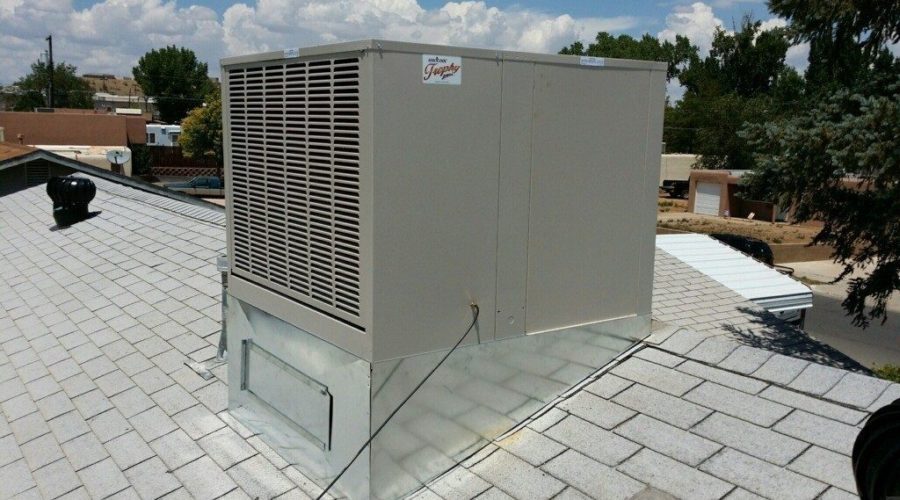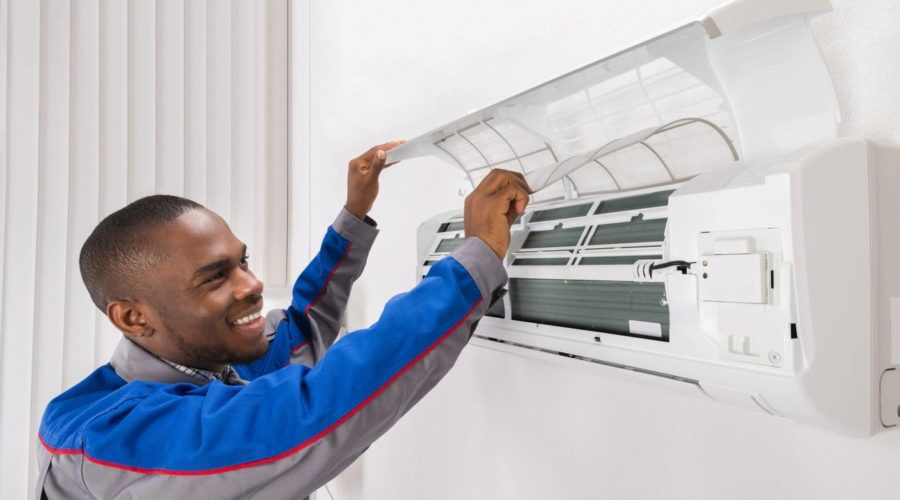Each month, homeowners receive energy bills they wish were just little lower. Some customers are surprised to see that despite efforts to become a more energy-efficient home, bills are still high. Often, this can happen in the summer or winter when HVAC systems are being used the most to keep your home at a comfortable temperature.
If you want to lower your home energy bills, you’ve come to the right place. Here are a few ways you can reduce your energy usage at home to save money long term.

How To Reduce Energy Costs In Your Home
If you’ve been researching, you’ve probably come across many tips and tricks to lower your home energy. The good news is, they can all be helpful. But, with so much advice available, what should you prioritize? I’m here to help you discover the best ways you can reduce your home energy, so you can start seeing those savings ASAP. Here’s what you should be paying attention to:
- Get A Home Energy Audit
- Upgrade Your HVAC
- Install Insulation
- Choose Energy-Efficient Appliances
- Install Window Treatments
- Lower Your Water Heater Temperature
- Change Your Lightbulbs
- Turn Off What You Don’t Need
1. Get A Home Energy Audit
Before attempting to try a bunch of tips that may or may not work, you’ll want to discover the source of your home’s home energy issues. This will help you invest time and money into the areas that really need improvement. You may discover that you have a few unknown air leaks or that your HVAC needs a repair. A professional can help you discover where you might be losing energy in your home and how you can improve it. The average cost to hire a home energy auditor is $383.

2. Upgrade Your HVAC
If you have an older HVAC system, it could be one of the reasons you’re spending more money on energy bills. Energy Star certified heating and cooling systems are what you’ll want to look for if you’re considering investing in a new system.
Often, your HVAC just needs a repair or tune-up. It’s a good idea to have it inspected at least once a year. A repair to your air conditioner or furnace can cost far less than a new installation. For example, the average cost to repair a furnace is $267. Simple, annual tune-ups can make a big difference in your monthly heating bills. Don’t forget to change your air filters monthly as well.

3. Install Insulation
Proper insulation can be a big help when it comes to saving energy at home. If you have a home energy audit, the pro should be able to tell you where you’re missing insulation or need an upgrade. Often, homes lose a lot of energy through the roof via the attic. If you’ve never had your attic insulated, now is the time to do so. You’ll be more comfortable and retain more energy inside your home. The average cost of attic insulation is $1,900.

4. Choose Energy-Efficient Appliances
An old refrigerator or stove can be using more energy than it needs. If you have an appliance that is older, you could be missing out on some of the energy-efficient benefits newer models have. In fact, an Energy Star certified refrigerator can save you up to 40% more energy than the standard refrigerator, meaning more money in your wallet, according to EnergySage. Energy Star certified appliances may also qualify for a state utility rebate as well. Research to see what your state offers when it comes to energy-saving appliances.

5. Install Window Treatments
You may be surprised to learn that simply installing window treatments is a way to keep temperatures controlled in your home. Simply by closing the curtains or blinds, you can keep your house from overheating during the day and helping to better insulate your windows. Window treatments are also a stylish addition to any room, so there’s no reason not to add them!
6. Lower Your Water Heater Temperature
It’s suggested that to save energy, you may want to set your water heater’s thermostat to 120 degrees instead of the traditional 140. This is an easy DIY project that you can get done without the help of a pro. To see how you can do this, follow the instructions in this article from the Department Of Energy.

7. Change Your Lightbulbs
Another small change you can make to save energy in your home is to change your lightbulbs. Old incandescent bulbs generally create more heat from the energy used, really burning up those bills. Instead, choose a LED or CFL bulb that not only uses more energy but have a longer lifespan. This small and affordable change can mean big savings ahead.

8. Turn Off What You Don’t Need
This final tip seems self-explanatory, but so often many leave a room without turning off what they are not using. One simple solution is to plug chargers, lamps and other electronics into a power strip to easily turn off all appliances when they are not in use. According to the Department Of Energy, this can save you $100 in your bills on average. It really is that simple!
Conclusion
Saving energy doesn’t have to be a challenge. Change a few of your habits and make a few small changes in your home to reduce your home energy today and saving more money.





